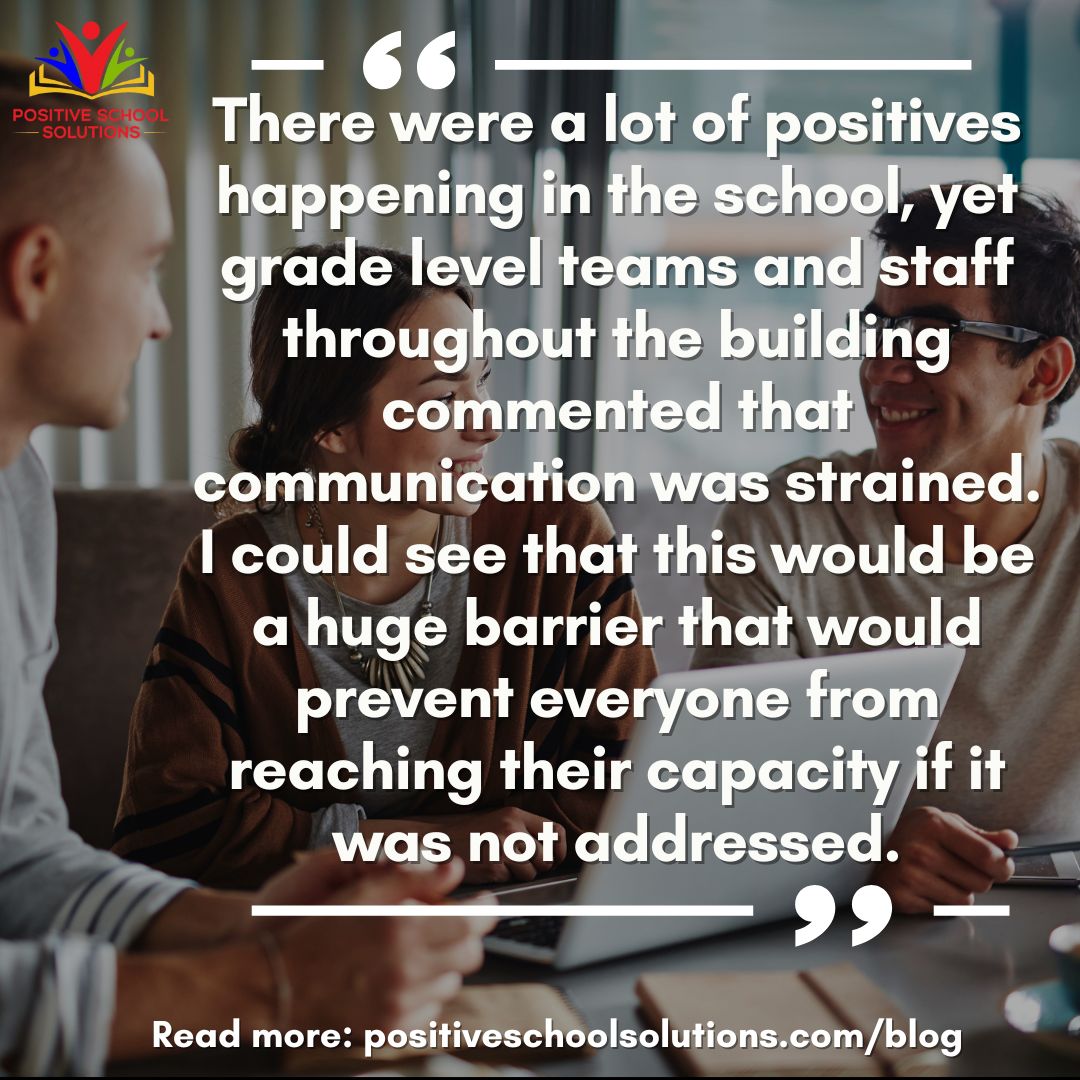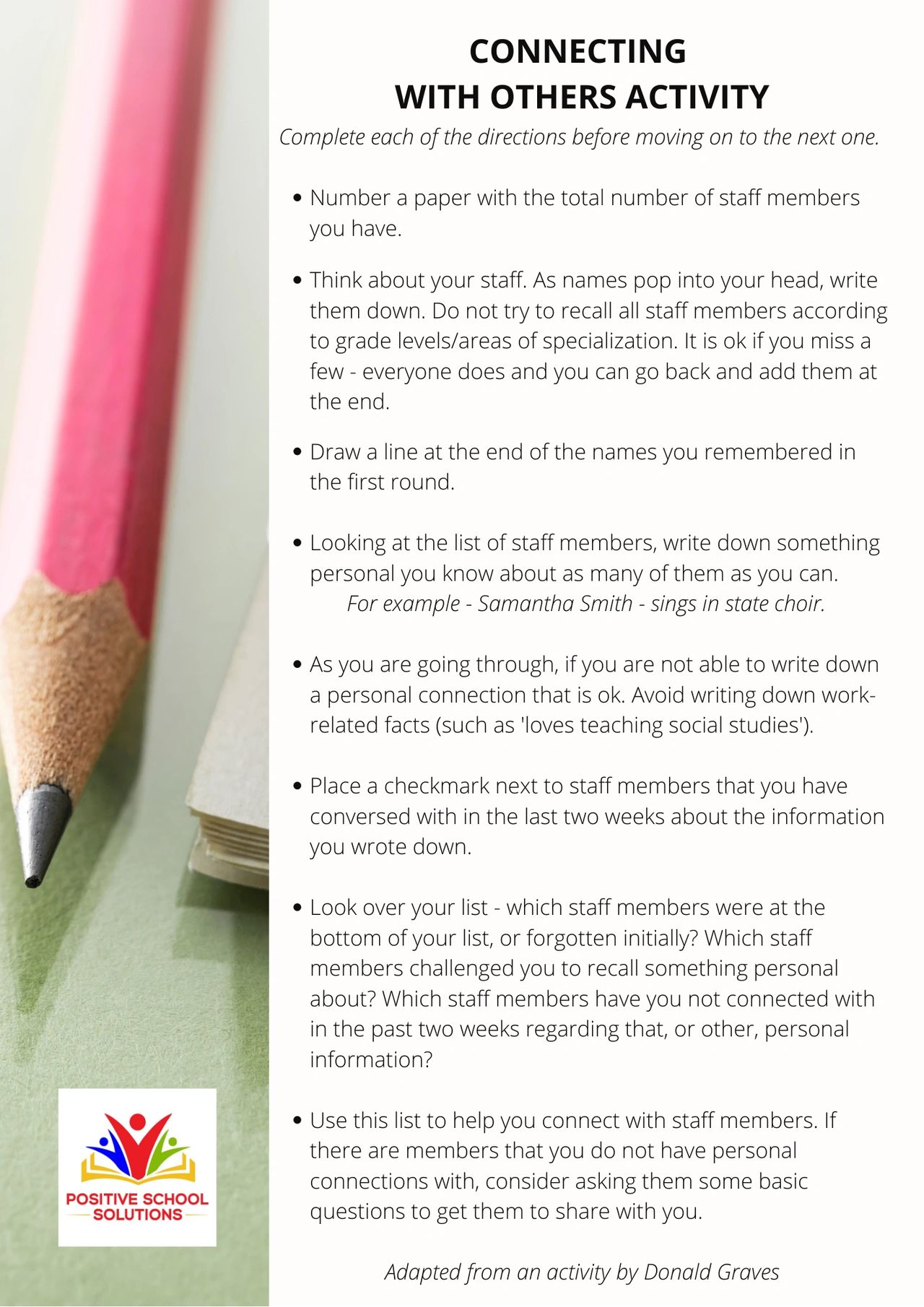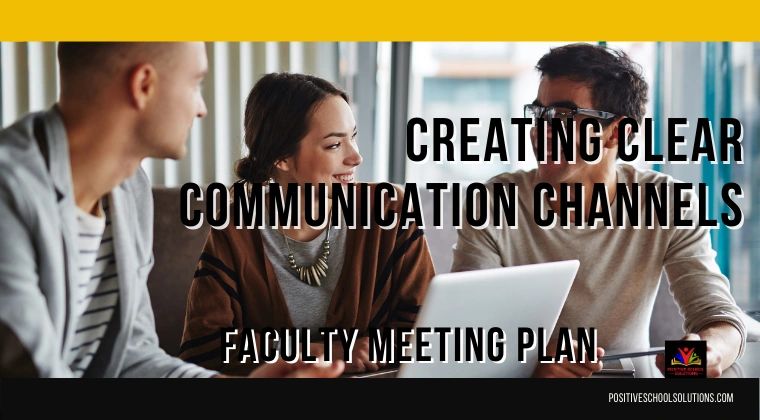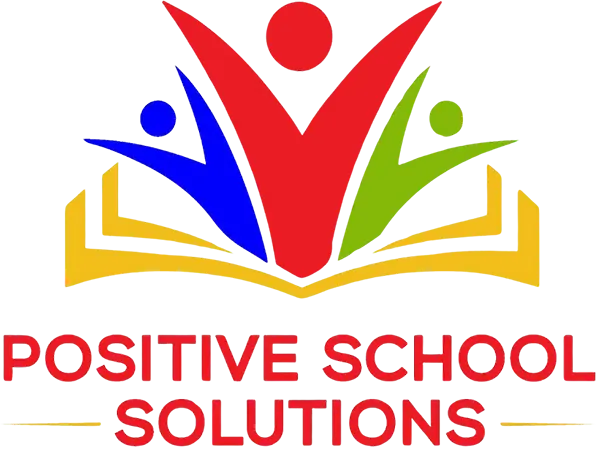During a recent grade level coaching debrief session I asked the teachers, “What feedback have your administrators given you about the work you’ve been doing? It’s clear the student engagement has improved, positive behaviors are up, and there is a sense of joy coming from the both you and the students!” The team exchanged glances towards each other and even snickered a bit, and then one finally said, “Nothing. Nothing has been said to us, but we notice a difference, and that, for now, is enough.” A team member shared that communication between teachers and the administration team was stilted, at best. Another went on to explain that the team kept a tally of the number of days they could go without talking with leadership, and it was not uncommon for the teachers to have counts of 3 – 5 days.
Working in a school community with a large communication gap was not creating an optimal learning or working environment for anyone. As part of the coaching, as well as a desire to help, I began looking for ways to improve the adult communication within the building. I started with this group of teachers, whom I’d built a good rapport with, and asked them questions like:
- What did they see as their part in creating this communication gap?
- What was their preferred style of communication?
- Did other staff members in the building feel the same?

In other debrief sessions, I also broached the topic of communication between staff and administrators, between colleagues, and with parents. There were a lot of positives happening in the school, yet grade level teams and staff throughout the building commented that communication was strained. I could see that this would be a huge barrier that would prevent everyone from reaching their capacity if it was not addressed. Additionally, the muddled communication would impact students; they watch how the adults in the building work and communicate with one another and draw conclusions about how to interact with others from their observations.
During my next visit, I had a conversation with the administration team and brought up the topic of communication to get a better understanding of their perspective. As we dove into the conversation, I shared the findings gathered from teachers, which highlighted that both the staff and administrative team harbored similar feelings towards the strained communication, but for different reasons. From the discussion, it was clear that the administration team wanted to show trust in their staff and, therefore, focused more on communicating with staff members if there was an issue or challenge. While the intention was to create a sense of trust and respect, it was perceived by many of the staff members as the administrative team being unapproachable and focused solely on negative aspects that they needed to intervene with.

Having come to this shared understanding, we began exploring a few ways this communication gap could be closed. One exercise the three-person administration team participated in is a modification of an exercise by Donald Graves that helps you gauge your connection to different people within the organization. Once complete, we discussed the findings to identify gaps – in this case, specific individuals that the administration team would focus on building connections. (We have attached step-by-step directions on how to complete this exercise and you can do it alone or have everyone on your administration team do it simultaneously and then discuss the results.)
We also discussed how a sudden change in communication from the administration team might create feelings of unease within the staff, so language for addressing the change was created to be shared with staff. At the next staff meeting, the administration team shared changes they would be implementing immediately and had staff spend time generating ideas of how communication with families could be enhanced. The results from that staff meeting helped propel the administration team forward in making changes. As part of the daily walk-throughs the administration team conducted at this school, they began leaving brief notes either highlighting positives they observed or a personal question/comment about a shared interest. “Your students were focused on the math game and were using a lot of specific vocabulary!” or “How’s your senior dog adjusting to the new puppy?” Brief notes that highlighted the positives the staff were experiencing, as well as personal connections, helped the staff see that the administration team was approachable and ready to support them.
After a month of working on closing the communication gap within the school, the administration team conducted an anonymous survey to identify successes and where communication could continue to improve. Through the use of the feedback and clear communication, the trust and respect they had initially intended existed throughout the building. The open communication propelled the staff to craft a vision for communication between staff members and with families and included that in the handbook. The shared understanding of expectations for communication allowed interview teams to gauge how a potential candidate would fit into the school culture, provide families with clear guidance on communicating effectively, and elevated the trust and respect between staff and the administration team.
How is communication in your learning community? Are you curious to learn more? We’re here to help and have created two resources to support you in addressing this important topic.
- To identify staff members you have strong connections to, as well as those who you can build a stronger relationship with, download this free ‘Connecting with Others’ activity guide.
- If you’re ready to close the communication gap in your building, access this fully planned faculty meeting, “Creating Clear Communication Channels”, that will support you in creating clear communication channels that will provide a sense of trust, respect, and encouragement for all to succeed.
Now through March 1st, 2021, use code “COMMUNICATE21” to get access to this 40 – 60 minute plan, which includes all resources & downloads ready to use right now, for FREE!

Written by Sarah Fillion and Dana Januszka 2021

